What is a musical score?
A musical score grounds the world of a film, TV show, game, or other content. Let's learn what a score is, and if there's any software out there to help you nail it.
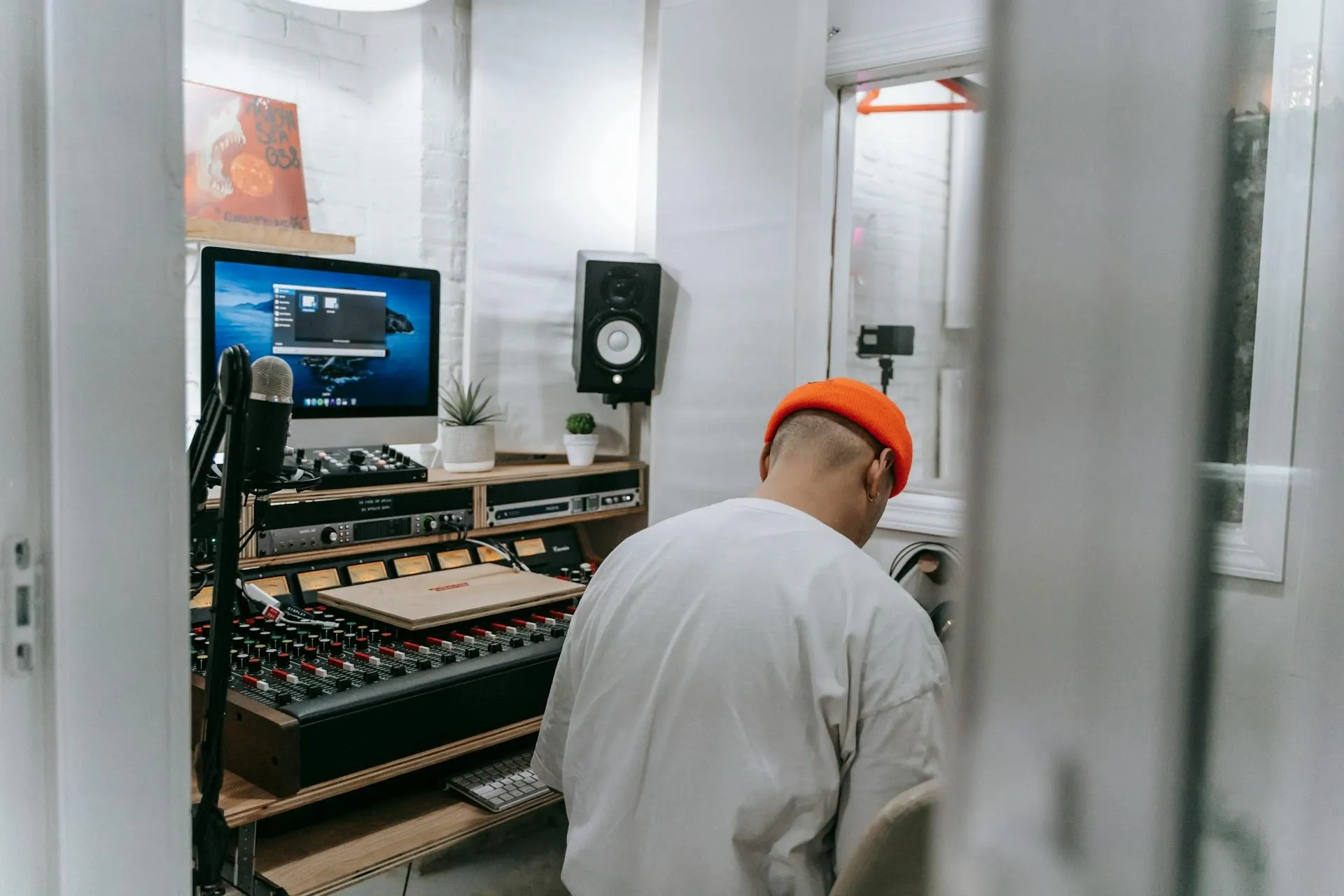
A musical score can interpret your content in a whole new way. But what is a score, how does it differ from a soundtrack, and which are the best examples to learn from? Let’s run through all of that and more today.
We’ll cover:
- What is a musical score?
- What is a musical score used for?
- Is the score the same as the soundtrack?
- Why is it called a score?
- What makes a great musical score?
- How do you create a musical score?
- Do you need a musical score?
What is a musical score?
A musical score is a written version of music, in which the parts for instruments rest on different staves across the page. However, when we’re talking about a musical score in the context of film, TV, games, and more, the definition is somewhat looser.
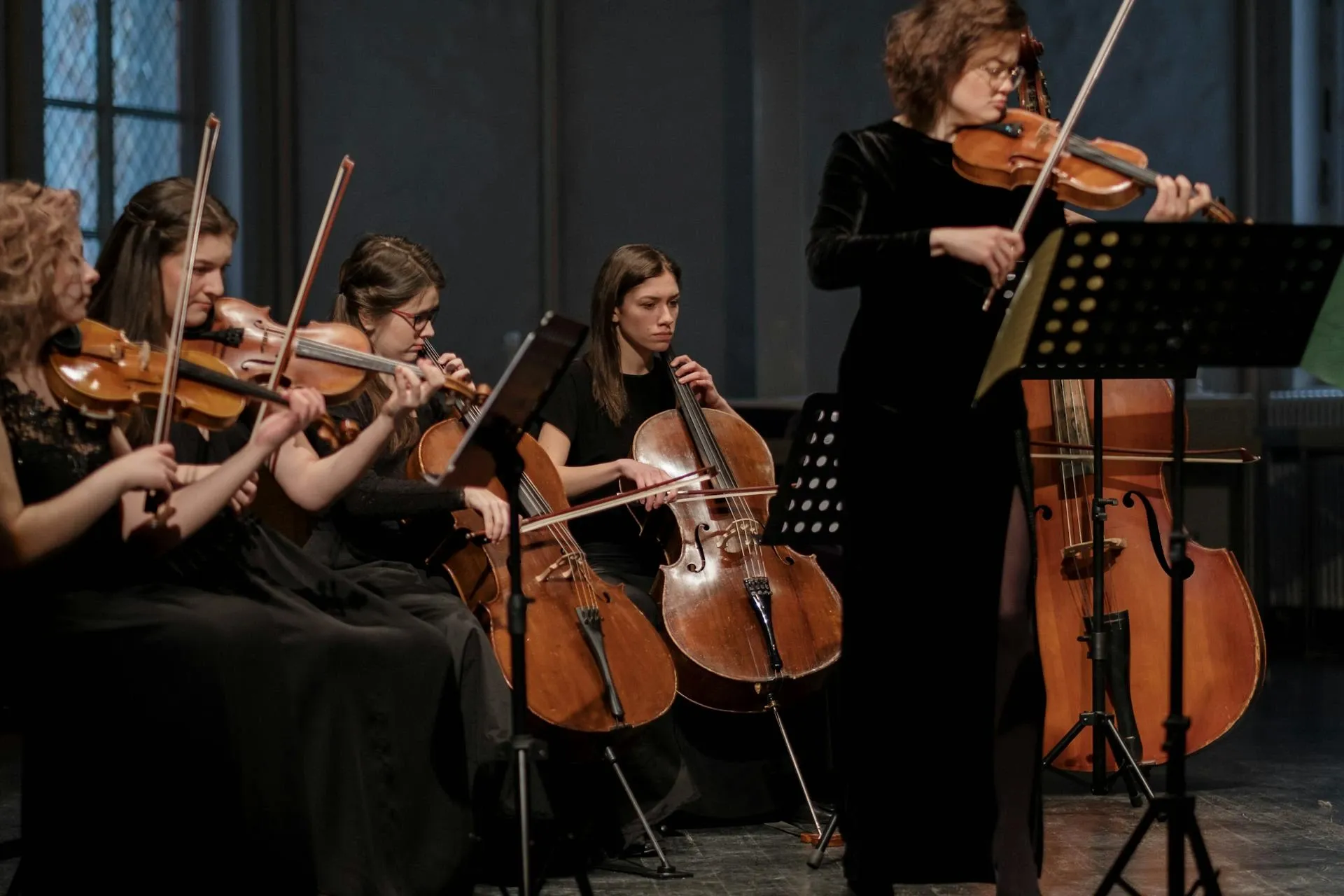
When referencing a musical score in content and media, people usually mean the original music that's paired with the visuals. More often than not, several composers and music consultants will be hired to create the score, collaborating with producers, directors, and other key team members.
A score is often non-diegetic, meaning that the characters or subjects within the media can’t hear it. There are outliers, of course, but the score is there 99% of the time for the audience’s benefit.
What is a musical score used for?
A musical score is used to hammer home, telegraph, or contradict the emotions and actions happening on-screen. The moments in a score are timed to the closest millisecond, providing musical cues for comedy, pathos, suspense, horror, and more.
Movie scores originated back in the silent film era, during which an organist or other musician would play alongside the feature as the crowd watched. This still happens today, albeit for nostalgia — you'll often see screenings advertised for live, orchestral accompaniments to classic films like Nosferatu and Metropolis.
You may have also noticed the popularity of live scores for more modern movies like Star Wars, The Lord of the Rings, and even Love Actually (which we’ll not hear a bad word about).
Is the score the same as the soundtrack?
Score and soundtrack are discussed interchangeably, but there is a difference. A soundtrack can contain elements of the score, dialogue, and sound effects, for sure. But as far as public perception goes, a soundtrack is a compilation of existing songs hand-picked for a film.
The soundtrack often works together with the original score, but isn't part of the score. Modern filmmakers like Edgar Wright, Quentin Tarantino, and Baz Luhrmann mess around with soundtracks to subvert expectations and shock audiences.
Soundtracks can also contain original compositions. Greta Gerwig’s Barbie is a great example, featuring songs like I’m Just Ken and What Was I Made For? — these were hits in their own right, scooping awards and riding cultural waves. But they’re still, well, songs. They're not mood-setters, bubbling away in the background: they’re there to be sung along to.
Meanwhile, the score isn’t ‘song’-based. The music is there to serve the visuals, and usually doesn't include vocals. There are some exceptions here, like Hans Zimmer’s Dune score — this features melismatic vocals, which add texture to the music.
If you need some inspiration for your project, why not try Epidemic Sound? The catalog boasts more than 40,000 tracks and 90,000 sound effects — we’re sure you’ll find what you’re looking for.

Why is it called a score?
Why is a shoe called a shoe? We’re no feet experts, but shoes do play a part in explaining why a score is called a score. Sort of. The word ‘score’ is rooted in the Old Norse word ‘skor,’ which means an incision or notch. Today, it means ‘shoes’ in Swedish and Norwegian.
Anyway, skor. To notch. The Oxford Classical Dictionary describes a score as ‘a copy of a composition on a set of staves braced and barred together.’ If you were being flowery with your language, you could say these musical notes were incised, notched, skorred.
What makes a great musical score?
Scores can make or break content — whether your project is high-budget or an indie short, it pays to understand the details.
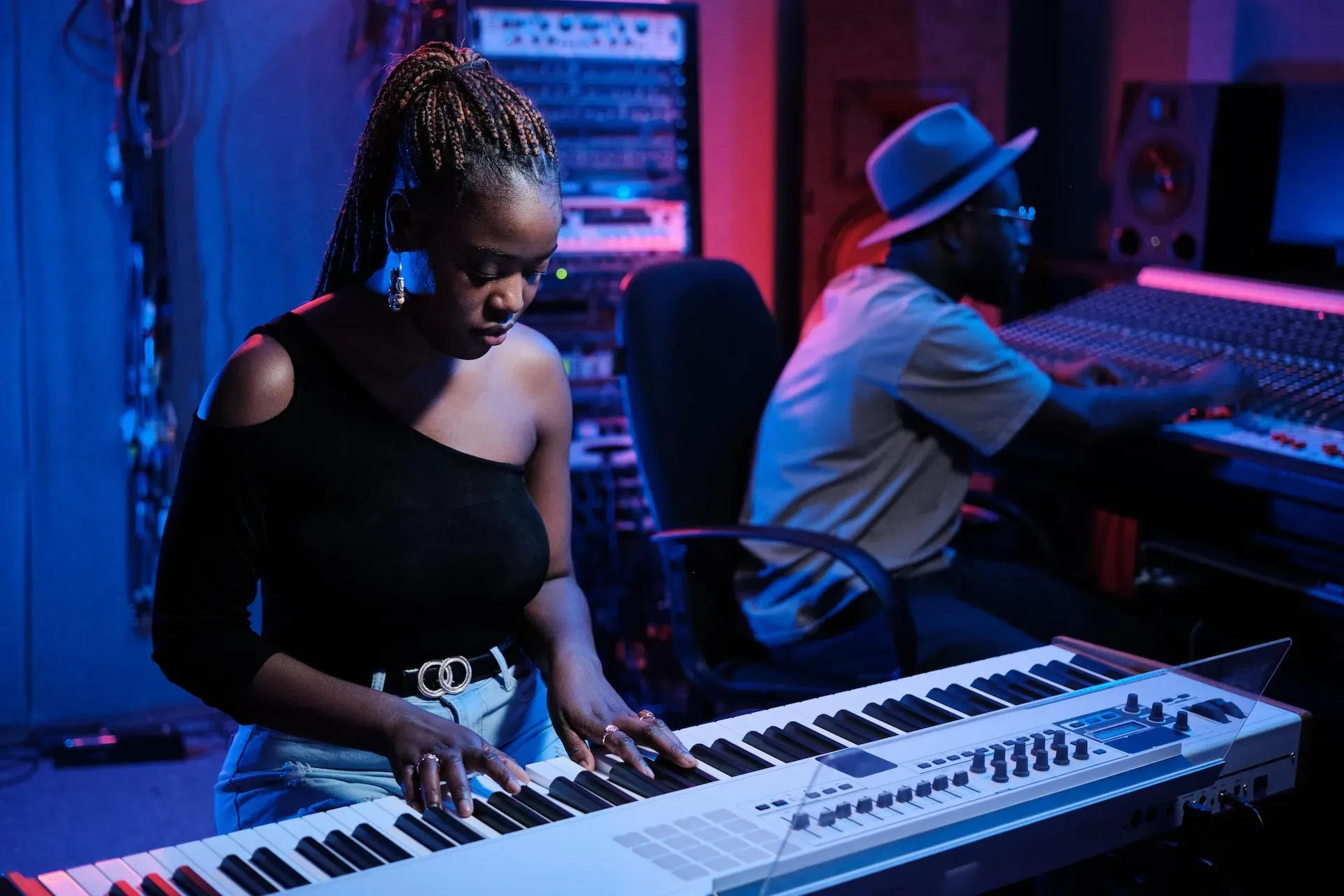
Atmosphere
The score builds the mood. Whether that's tension, relief, terror, comedy, or something else, the music should support the on-screen action. Sometimes, a score can subvert these expectations and create dissonance. Italian Giallo movies from the 1970s are famous for this, scoring gruesome murders with jazz, funk, and prog-style music.
Leitmotifs
Leitmotifs are nuggets of musical ideas, appearing throughout visual content as shorthand for a feeling, character, or place. Think of them as musical catchphrases, usually just a few bars long.
The two-note ‘dun-dun’ in Jaws signaling the shark’s arrival, the whistling from The Good, the Bad, and the Ugly, Darth Vader’s Imperial March — as soon as you hear them, you know what they mean. They can also be changed to match different moods and paces within a film.
Phrasing
Phrasing is how the music is ‘spoken’ — the cadence, the order, how it interacts with on-screen content. Solid phrasing can produce moments like jump scares in horror films, or moments of build and release in thrillers and action-based shots.
Mixing
The score shouldn’t overshadow the dialogue or action. Sometimes, this is stylistically necessary — a well-placed, super-loud musical sting can offer a level of shock or disturbance that you can’t achieve with your regular working volume.
Most of the finished mix should sit somewhere in the middle, though. Not so quiet that you can’t hear it, but not so loud that you have to strain to hear key plot points. A well-mixed and -mastered score will dart around the content’s other aural elements, giving pause when needed and pumping the proverbial gas in other places.
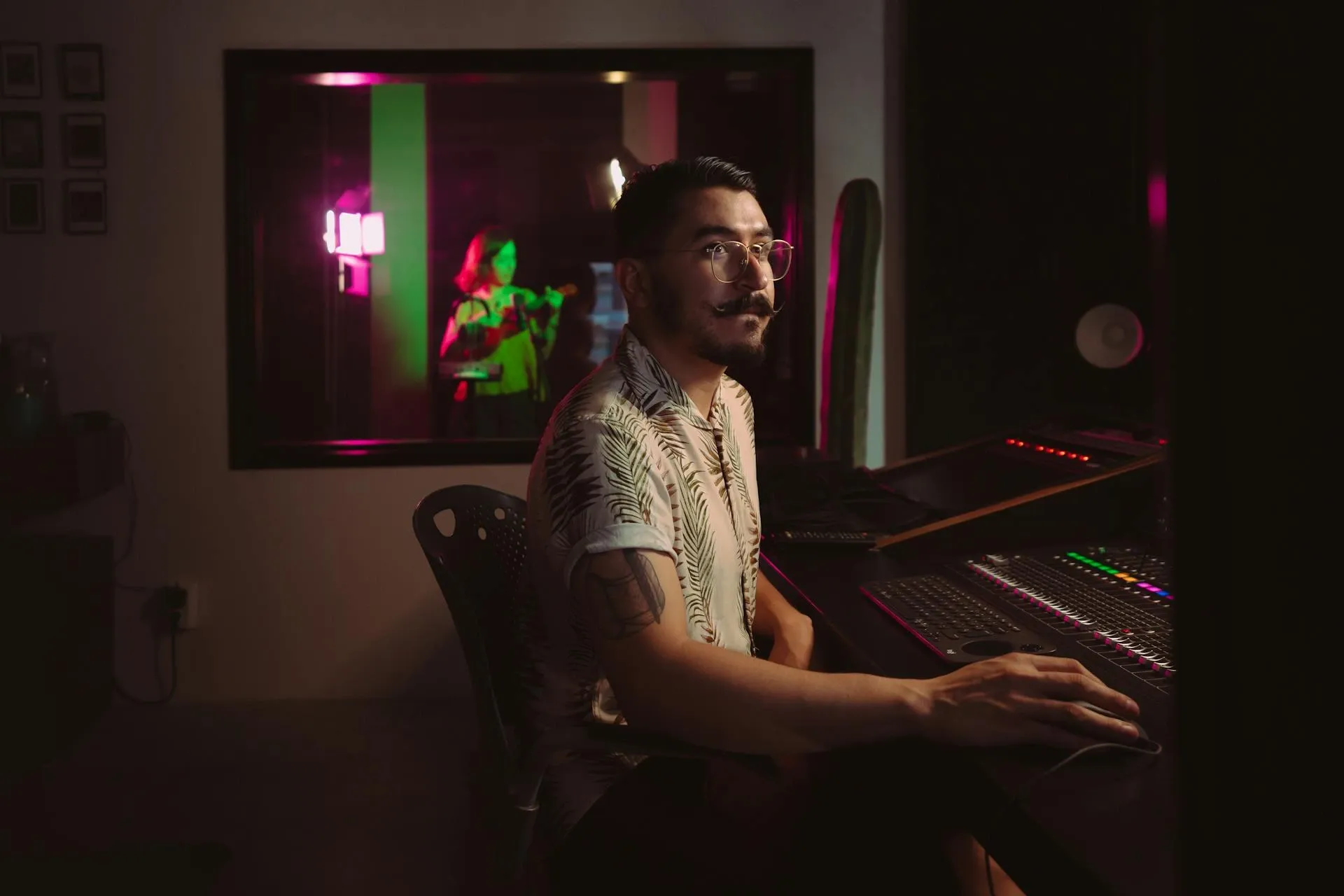
How do you create a musical score?
Everyone scores differently, but there are several tenets to follow. Let’s take a look at the process below.
Spotting
Spotting is a pre-production process usually undertaken by the composer and director. They’ll watch the visuals together, discussing which scenes require which vibe, where the big ‘sting’ moments can be established, and so on.
The composer, often with a music editor, will write down timecodes and cues. This forms the ‘spotting notes,’ which the composer will work from when sculpting the score. Some directors don’t screen the whole film for the composer, but it’s best practice to do so — it gives the team more to work with.
Research phase
Research is a broad term, and can be undertaken in as little or extensive detail as the composer sees fit. Sometimes, listening to a bunch of albums and watching some movies might cut the mustard.
Other times, depth is required. Lord of the Rings composer Howard Shore traveled to the film set, watched multiple assembly cuts, studied poems and fictional Middle-earth languages, and a whole lot more. He earned three Grammys and Oscars apiece for his work, so he must have done something right.
Gathering raw materials
Raw materials are the precise sounds a composer would like to include in their score. These can include broader elements of sound design like foley sounds and sound effects, right down to the exact model of guitar, bagpipe, or wind chime.
Assembling themes
We mentioned leitmotifs earlier — themes serve a similar purpose, but can be much longer than a leitmotif. They’re one of the best ways to hang visual content around a character or subject.
Even if a score isn’t traditionally melodic, you can create leitmotifs through how something sounds. For example, the score could become quieter, or distorted, depending on what’s happening on-screen.
Create a mini-suite
Some composers may write and demo a mini-suite, which contains 15 to 20 minutes’ worth of music. In a nutshell, it’s a medley that provides an overview of the content’s themes, leitmotifs, and key moments. A director may ask for a mini-suite to get a handle on what the score will sound like — when the mini-suite gets the thumbs up, the composer can start filling in the blanks.
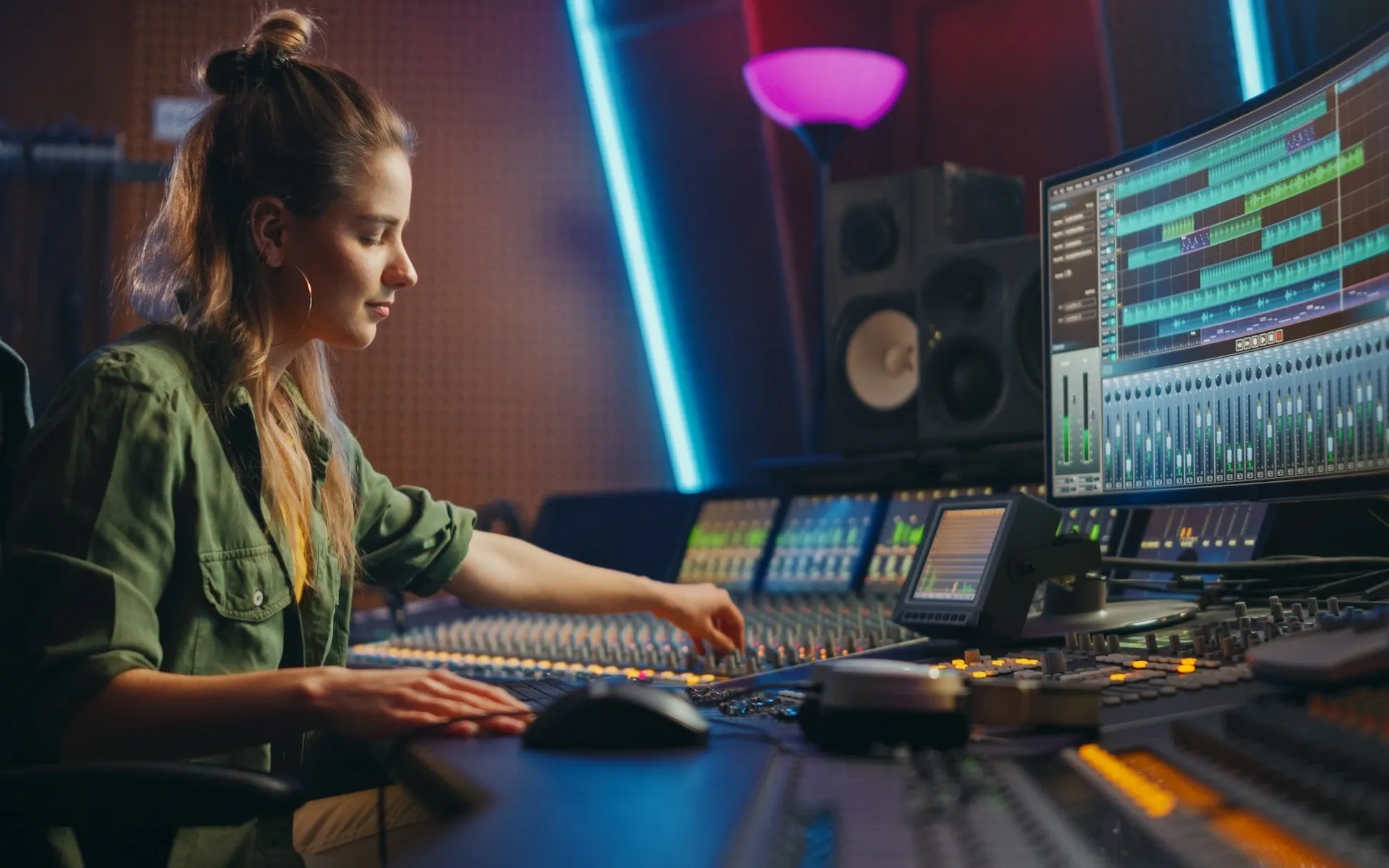
Build a mock-up
Once the score is written, the composer will demo the whole thing. This can be done with a digital audio workstation, where instruments and sound effects can be punched in and simulated.
The timbre of individual instruments, the ranges, how one works in tandem with the other — everything a composer mocks up must complement the musicians who’ll play the piece. If a composer is unfamiliar with these elements, the orchestrator’s going to have a heck of a time deciphering the score and staying true to the composer’s vision.
If the music isn’t orchestral — like Trent Reznor and Atticus Ross’ Oscar-winning score for The Social Network — then the composer can flesh the demos out into fully fledged tracks. Otherwise, it’s time to send the mock-up to an orchestrator.
Recording and mixing
After the orchestrator has transposed the mock-up into sheet music, it’s ready to be recorded. A conductor will guide musicians through the score on a scoring stage, which is a recording studio purpose-built for soundtracking.
The composer may be present during these sessions, to ensure their vision is being fulfilled and offer suggestions if needed. When it’s done, the score is sent to be mixed, mastered, and synced to the visual footage.
Do you need a musical score?
A musical score adds a personal touch and sheen to your content. Given it’s tailor-made for your project, it can help your work stand apart from your contemporaries’.
But getting a score off the ground is complicated, expensive, and fraught with rights issues. That’s not to say it should be avoided, but depending on your resources, it may not be realistic.
However, you shouldn’t have to compromise. With Epidemic Sound, you have access to more than 40,000 high-quality tracks and 90,000 sound effects.
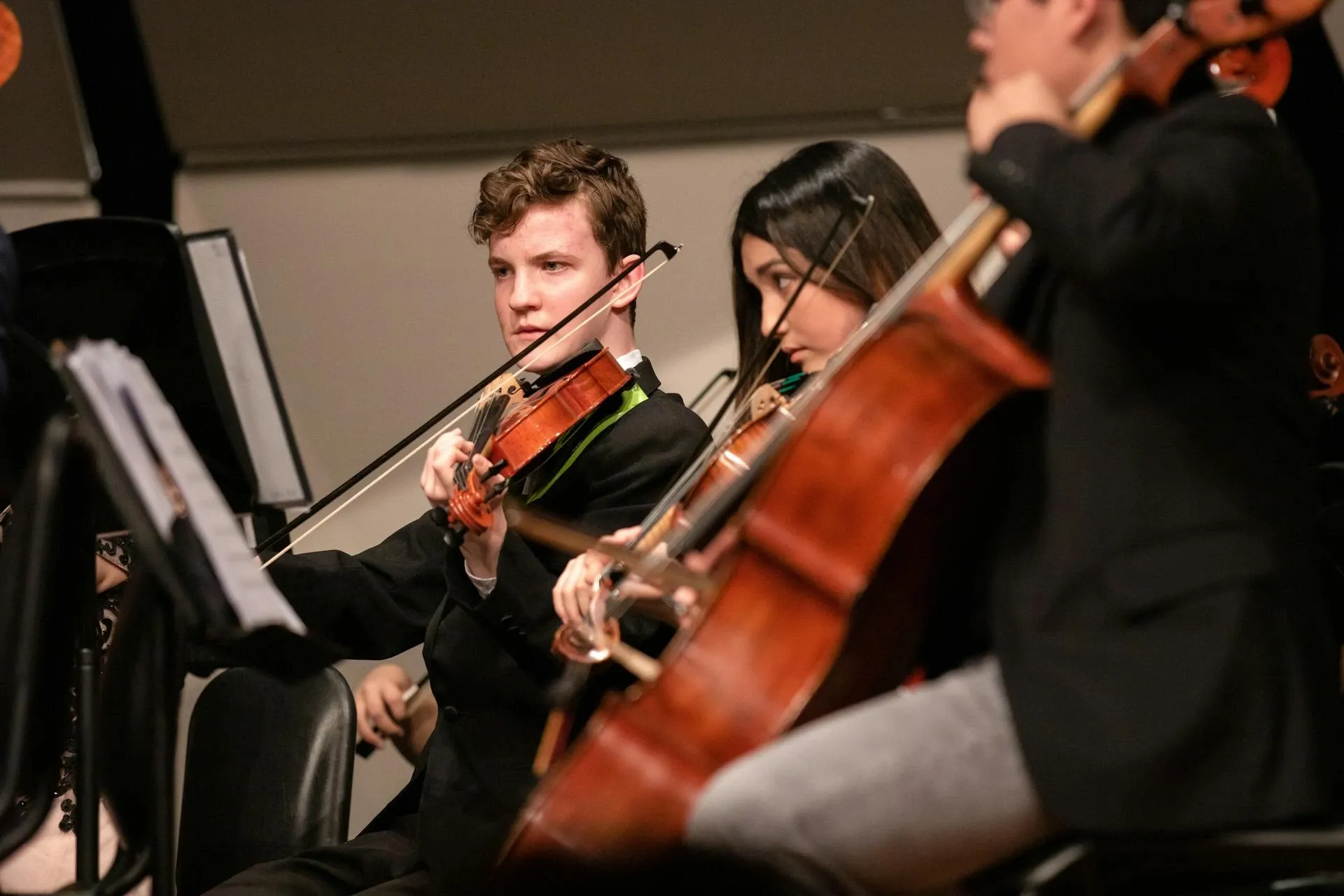
There are tons of genre- and mood-specific playlists, ranging from classical to electronic. You can dig into stems, so you can remove elements like vocals and give your score a more authentic feel. There’s Soundmatch, too, which pairs music to your footage within seconds.
Our catalog is high-quality, affordable, and safe. An Epidemic Sound subscription goes beyond royalty-free music, removing the headache of licensing and freeing you up to do what you do best. You can enjoy the safety of our license hand-in-hand with our massive catalog of 40,000 tracks, covering just about every genre you can think of. You’ll also gain unlimited access to our advanced search functions — finding the right sound’s never been easier.
It’s better than royalty-free. It’s worry-free. Get started with Epidemic Sound below.

Related posts:

